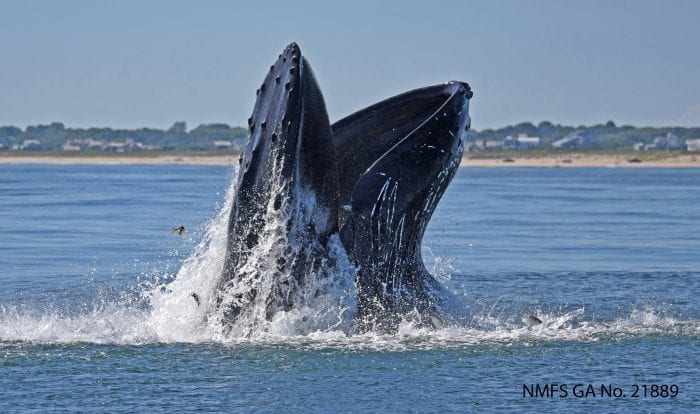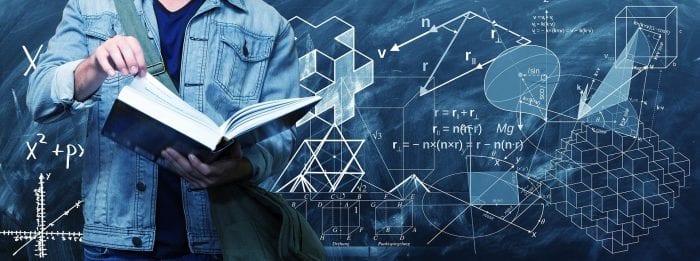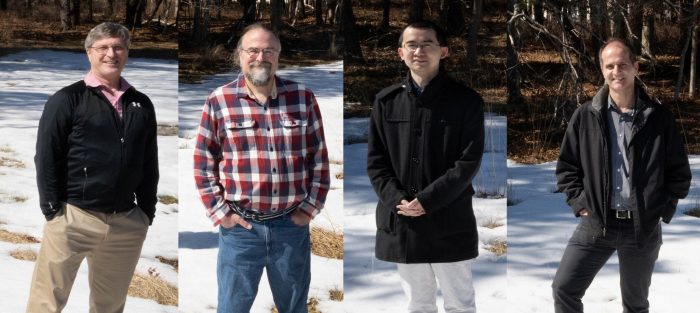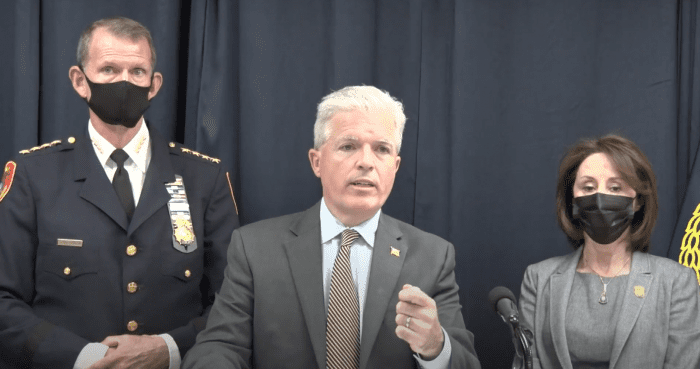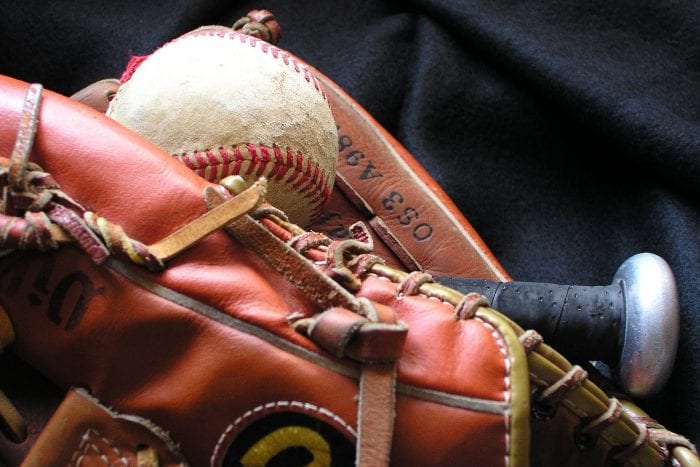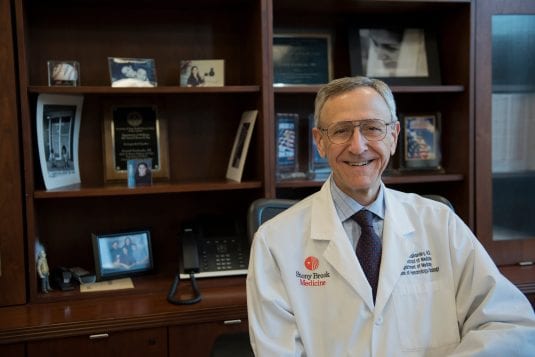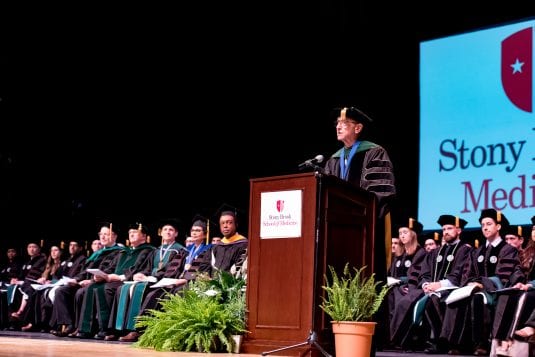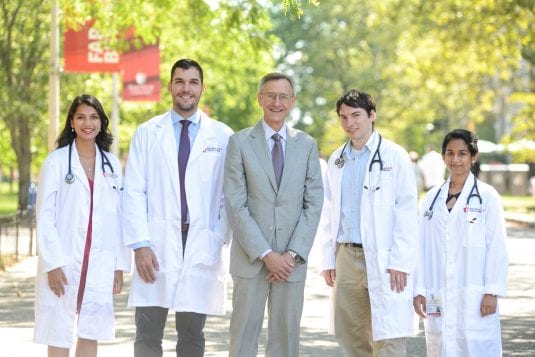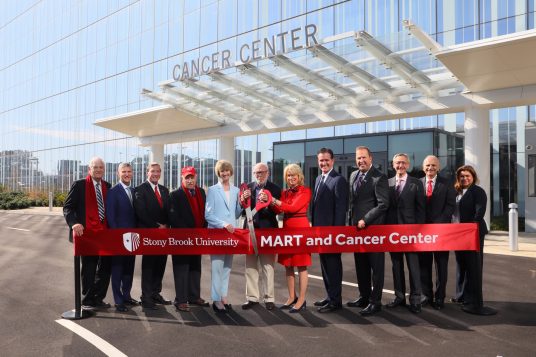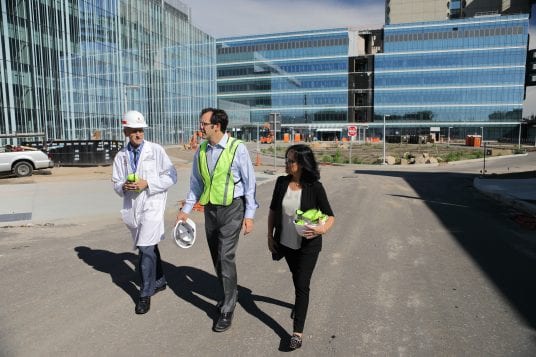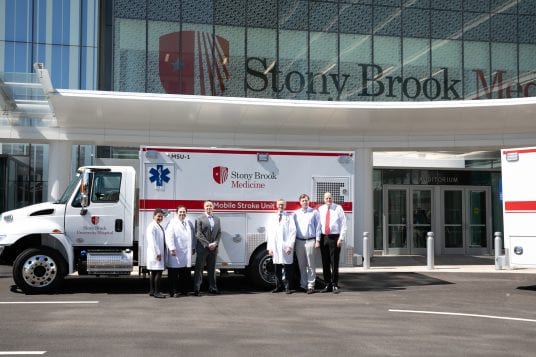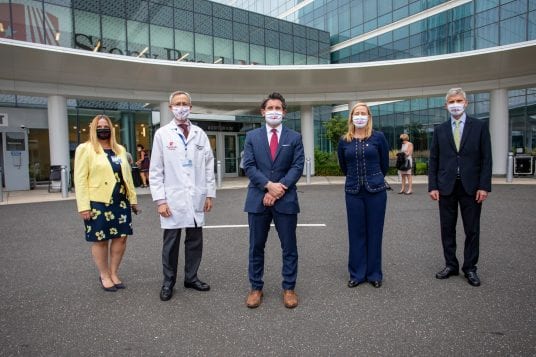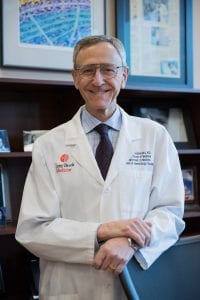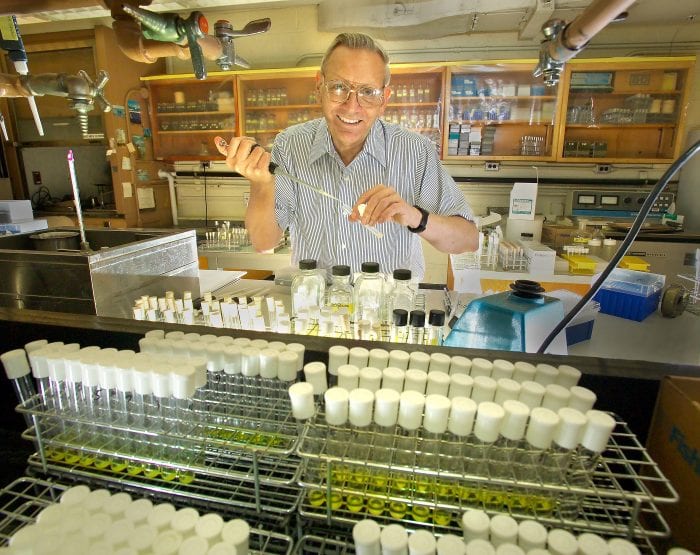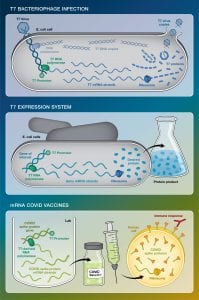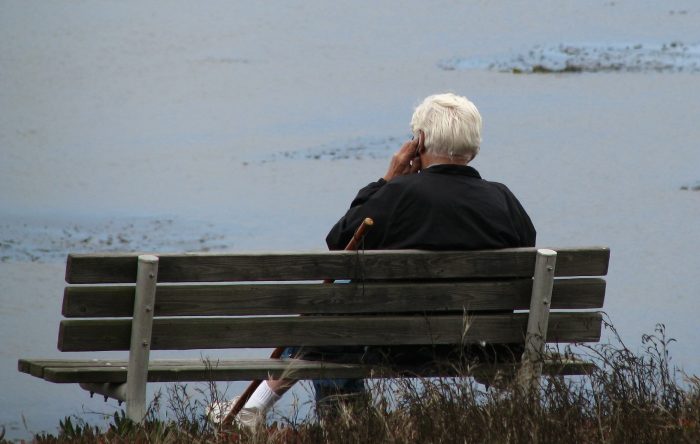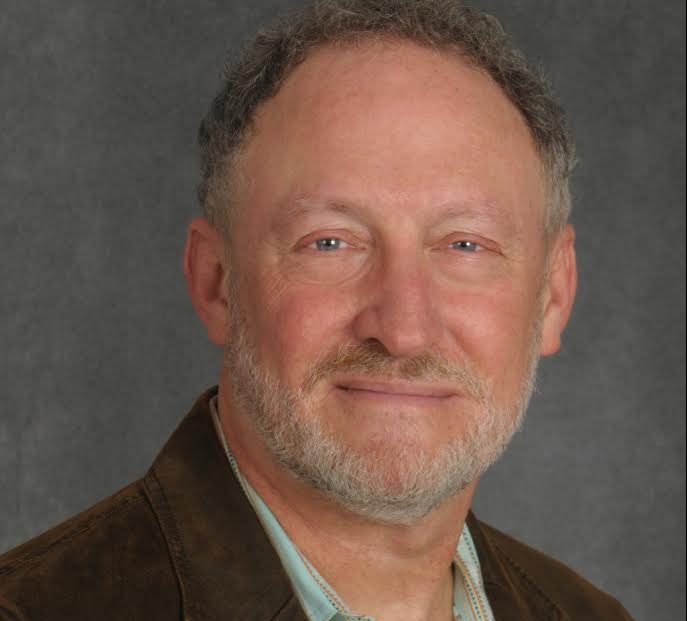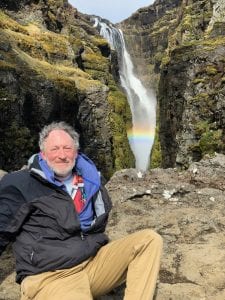By Daniel Dunaief
The waters off the South Shore of Long Island have become a magnet, attracting everything from shipping vessels, recreational boaters, fishermen and women, potential future wind farms, and humpback whales.
While the commercial component of that activity can contribute to the local economy, the whale traffic has drawn the attention of scientists and conservationists. Whales don’t abide by the nautical rules that guide ships through channels and direct traffic along the New York Bight, a region from the southern shore of New Jersey to the east end of Long Island.
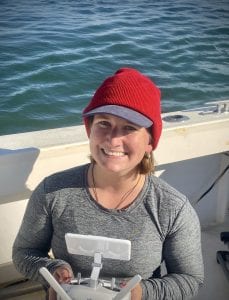
Julia Stepanuk, a PhD student at Stony Brook University in the laboratory of Lesley Thorne, Assistant Professor in the School of Marine and Atmospheric Sciences, is focusing her research efforts on monitoring the humpback whale’s use of this habitat.
“This can help us understand how we focus our energy for monitoring and conservation,” she explained in an email. If the whales are traveling, it helps to know where to minimize human impact.
Ultimately, the work Stepanuk, who also earned her Master’s degree at Stony Brook in 2017, does provides ecological context for how whales use the waters around New York and how old the whales are that are feeding in this area.
In her dissertation, Stepanuk is “looking at the biological and ecological drivers, the motivators of where the whales are, when they’re there, specifically, from the lens of how human activity might be putting whales at risk of injury or mortality.”
Each summer, whales typically arrive in the area around May and stay through the end of October.
When she ventures out on the water, Stepanuk uses drones to gather information about a whale’s length and width, which indicates the approximate age and health of each individual. Since 2018, she has been gathering information to monitor activity in the area to track it over time.
With the research and data collected, she hopes to help understand the ecology of these whales, which will inform future policy decisions to manage risk.
Stepanuk’s humpback whale work is part of a 10-year monitoring study funded by the New York State Department of Environmental Conservation, which includes four principal investigators at the School of Marine and Atmospheric Sciences. The study looks at carbonate chemistry, physical oceanography, fish distribution, and top predator abundance, distribution and body condition, Thorne explained.
“My lab is leading the seabird and marine mammal aspect of this project,” said Thorne.
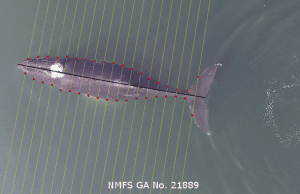
By documenting the ecological ranges of whales of different ages, Stepanuk may provide insight into the age groups that are most at risk. Many of the humpback whales that travel closer to shore are juveniles, measuring below about 38 feet.
Stepanuk has seen many of these whales, either directly or from the drones she flies overhead. She has also gathered information from events in which whales die after boats hit them.
Mortality events off the east coast have been increasing since 2016 as numerous whales have washed up along the coast. About half of the humpbacks in these mortality events have evidence of human interaction, either ship strike or entanglement, Stepanuk said.
“There have been many more strandings than usual of humpback whales along the east coast” in the last five years, Thorne explained.
Humpback whales likely have appeared in larger numbers in New York waterways due both to the return of menhaden in nearshore waters, which comes from changes in the management of this fish stock and from environmental management more broadly, and from an overall increase in the humpback whale population after 40 years of protection, Thorne suggested.
Ultimately, Stepanuk said she hopes to use the scientific inquiry she pursued during her PhD to help “bridge the gap between academic, policymakers, conservationists, interested parties and the public.”
A part of Stony Brook’s STRIDE program, for science training and research to inform decisions, Stepanuk received training in science communication, how to present data in a visual and accessible way, and how to provide science-based information to policymakers.
For Thorne, this study and the analysis of the vessel strikes on humpback whales could be helpful for understanding similar dynamics with other cetaceans.
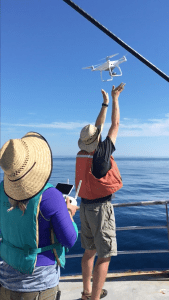
“Understanding links between large whales and vessel traffic could provide important information for other studies, and could provide methods that would be useful for studies of other species,” said Thorne.
Stepanuk offers some basic advice for people on a boat in the New York Bight and elsewhere. She suggests driving more slowly if visibility is limited, as people would in a car in foggy weather. She also urges people to pay close attention to the water. Ripples near the surface could indicate a school of fish, which might attract whales.
“Slow down if you see dolphins, big fish schools and ripples,” she said. “There’s always a chance there could be a whale.”
If people see a whale, they shouldn’t turn off their engines: they should keep the engine in neutral and not approach the whale head on or cut them off. For most species, people can’t get closer than 300 feet. For North Atlantic right whales, which are critically endangered, the distance is 1,500 feet.
She suggests people “know the cues” and remember that whales are eagerly feeding.
Stepanuk has been close enough to these marine mammals to smell their pungent, oily fish breath and, when they exhale, to receive a residue of oil around her camera lens or sunglasses. She can “loosely get an idea of what they’re feeding on in terms of how bad their breath is.”
When she was younger, Stepanuk, who saw her first whale at the age of eight, worked on a whale watching boat for six years in the Gulf of Maine. An adult female would sometimes leave her calf near the whale watching boat while she went off to hunt for food. The calf stayed near the boat for about 45 minutes. When the mother returned, she’d slap the water and the calf would race to her side.
“Experiences like that stuck with me and keep me excited about the work we do,” Stepanuk said.
Video: Humpback whale lunge feeding off the south shore of Long Island

